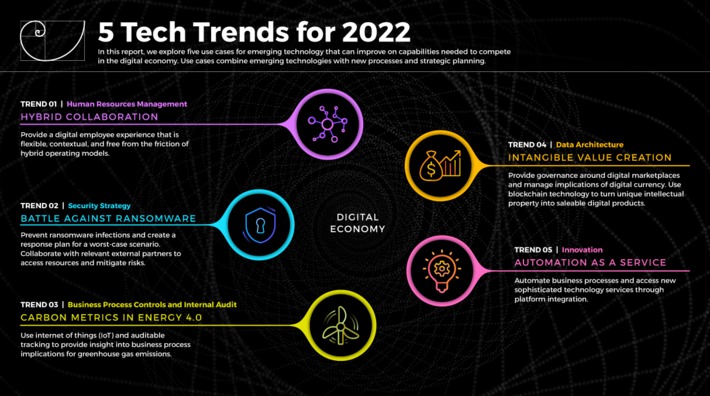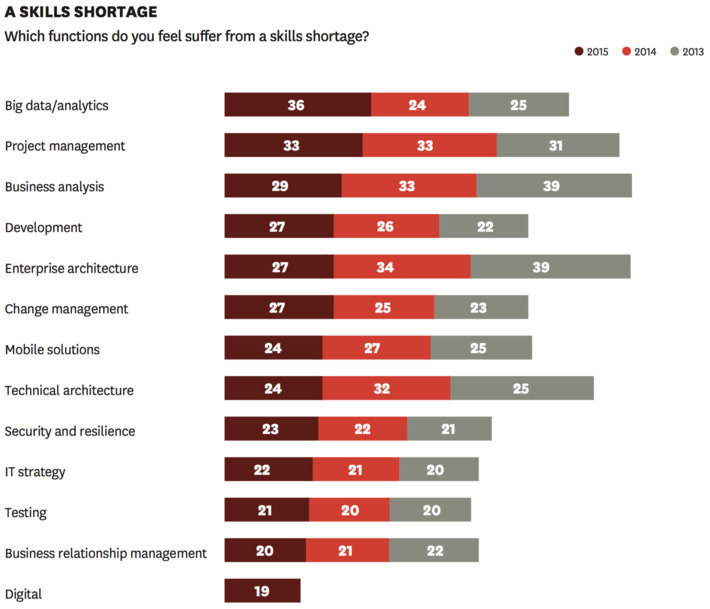The post-pandemic workplace continues to shift and requires collaboration between remote workers and office workers. Digital transformation has accelerated across every organization and CIOs must maneuver to keep pace. Customer expectations have shifted, and spending habits are moving away from in-person activities to online. IT must improve its maturity in key capabilities to maintain relevance in the organization.
Research and publish the best content.
Get Started for FREE
Sign up with Facebook Sign up with X
I don't have a Facebook or a X account
Already have an account: Login
Get weekly or monthly digest of all posts in your inbox: https://fmcs.digital/wim-subscribe
Curated by
Farid Mheir
 Your new post is loading... Your new post is loading...
1Seth Hodge's curator insight,
October 11, 2016 11:25 PM
A. The indicator being discussed is unemployment of IT workers/support. B. The article talks about how there are many jobs in the IT industry that are overlooked somehow and how many of these jobs provide good income and don't all require over the top certification requirements. Also tells about how to get some of these jobs. It also seems to point out that there are this many jobs that need to be filled but the unemployment rate is still sort of high for having so many vacant jobs. C.I did not realize there was such a huge demand for IT support. |

Curated by Farid Mheir
Get every post weekly in your inbox by registering here: http://fmcs.digital/newsletter-signup/
|















WHY IT MATTERS: I agree that hybrid collaboration, ransomware & automation are 2022 priorities for CIOs but feel that energy & blockchain may not be very high the priority list of most CIOs outside of government.